
Narrow Driveway? Want to Widen it?
Many houses in the bay area, especially in hills have narrow and old driveway with failing retaining walls and we can help you to replace retaining wall and widen the driveway for ease of coming and going to and from garage.
A narrow driveway combined with failing retaining walls can create several challenges:
Limited Accessibility: Narrow driveways make it difficult for larger vehicles to maneuver, increasing the risk of scrapes, dents, or even blocking access altogether.
Structural Risks: A deteriorating retaining wall can pose serious safety concerns. If it collapses, it could damage vehicles, property, or even cause injury.
Drainage Issues: Failing retaining walls often lead to poor water drainage, which can erode the driveway surface and contribute to foundation damage.
Aesthetic & Property Value Impact: Crumbling walls and a cramped driveway can diminish curb appeal and lower property value.
Costly Repairs: Fixing or replacing retaining walls and widening driveways can be expensive, requiring excavation, new materials, and professional labor.
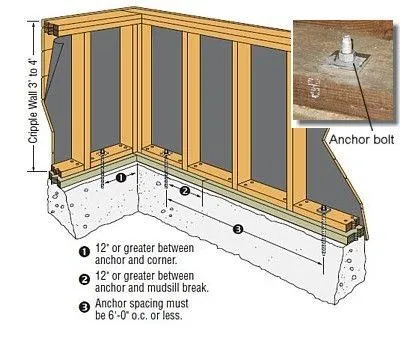
Replaced Driveway and Retaining Wall
Upgrading to a wider driveway and replacing the retaining wall with proper drainage comes with plenty of advantages:
Improved Accessibility & Safety: A wider driveway allows for smoother vehicle entry and exit, reducing the risk of damage from tight turns or cramped parking. It also enhances pedestrian safety by providing more walking space.
Enhanced Curb Appeal & Property Value: A clean, well-designed driveway and sturdy retaining walls significantly boost the appearance of your home, making it more attractive to potential buyers and increasing its market value.
Better Water Management: Proper drainage ensures rainwater flows away efficiently, preventing driveway erosion, pooling, and foundation damage. It also protects the retaining wall from water-related deterioration.
Increased Durability: Modern materials and construction methods ensure longer-lasting stability, meaning fewer repairs and less maintenance in the future.
Optimized Space Utilization: Whether for additional parking, landscaping, or recreational areas, having more room opens up new possibilities for your property.
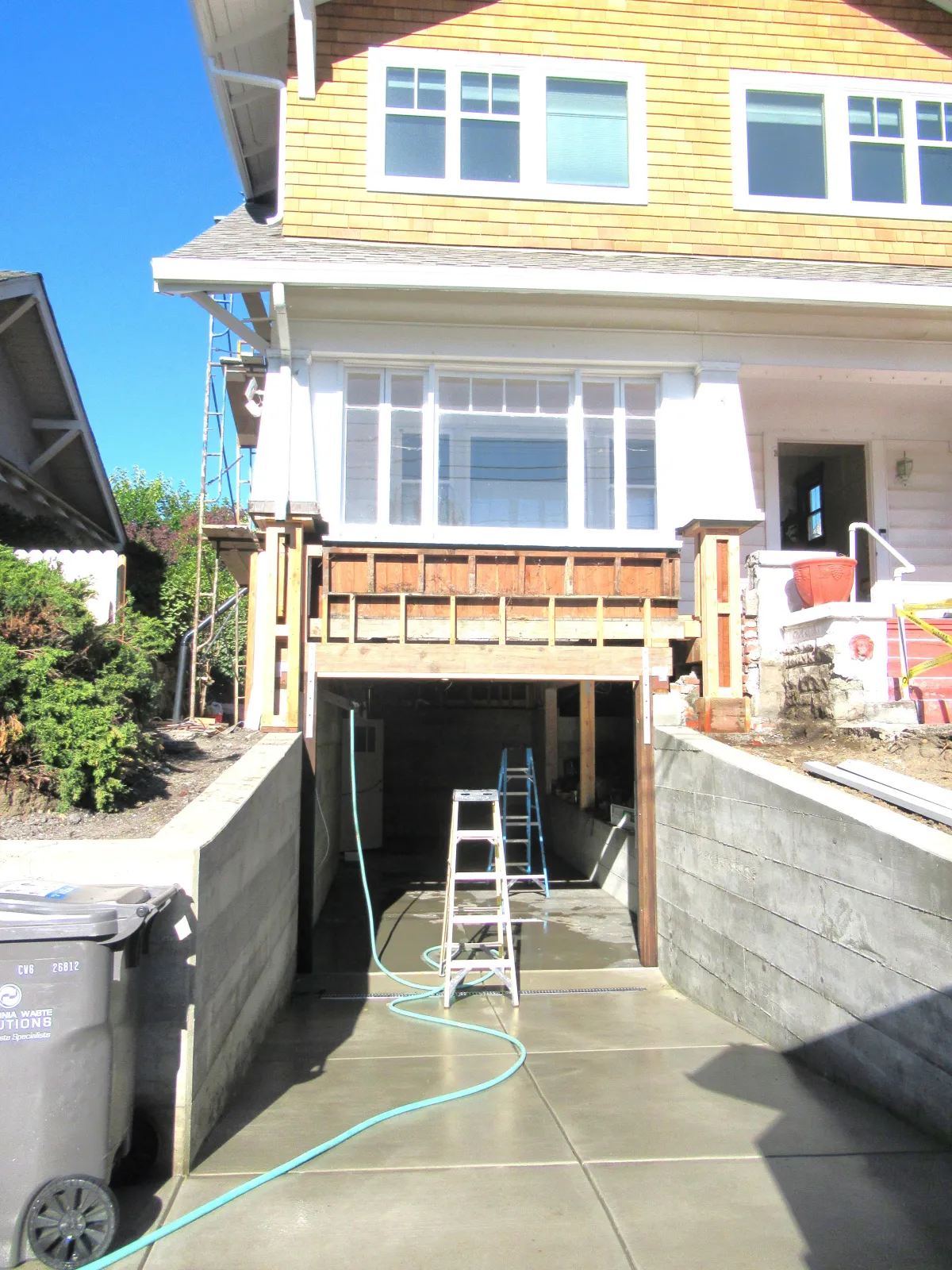
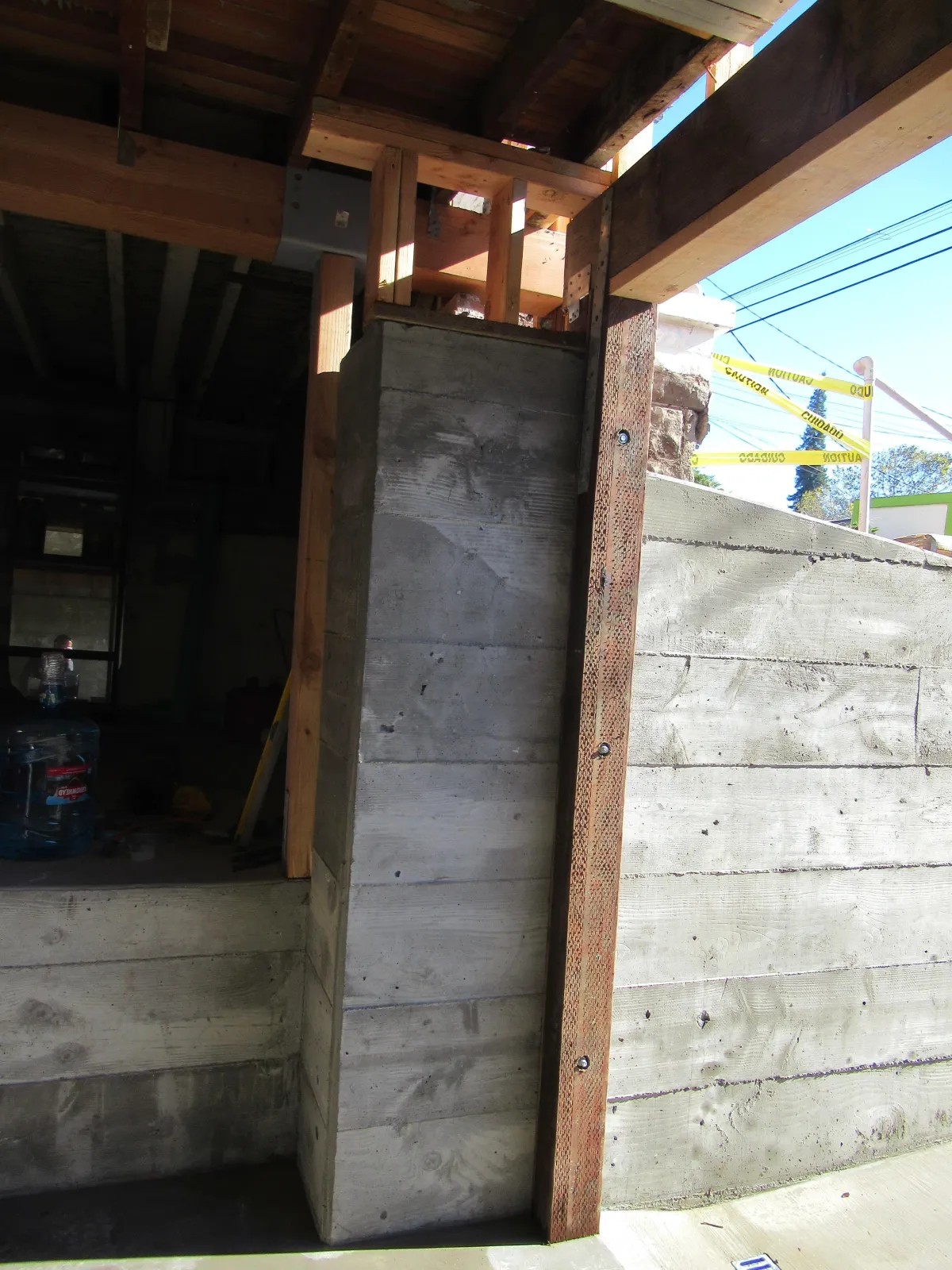
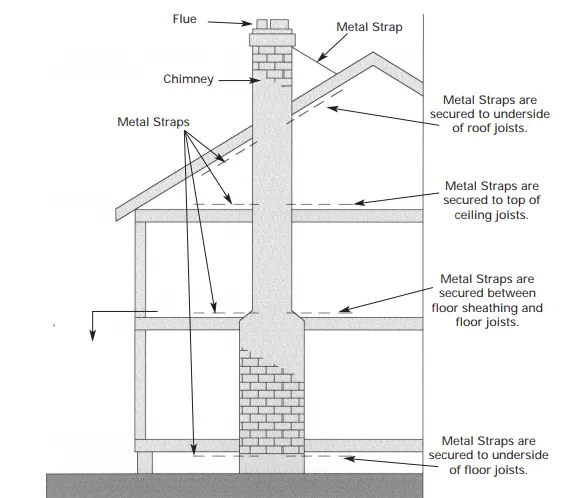
Channel Drainage
Channel drain helps to collect surface water entering in to driveway and capture it and divert to a sump pump and discharge to the street gutter.
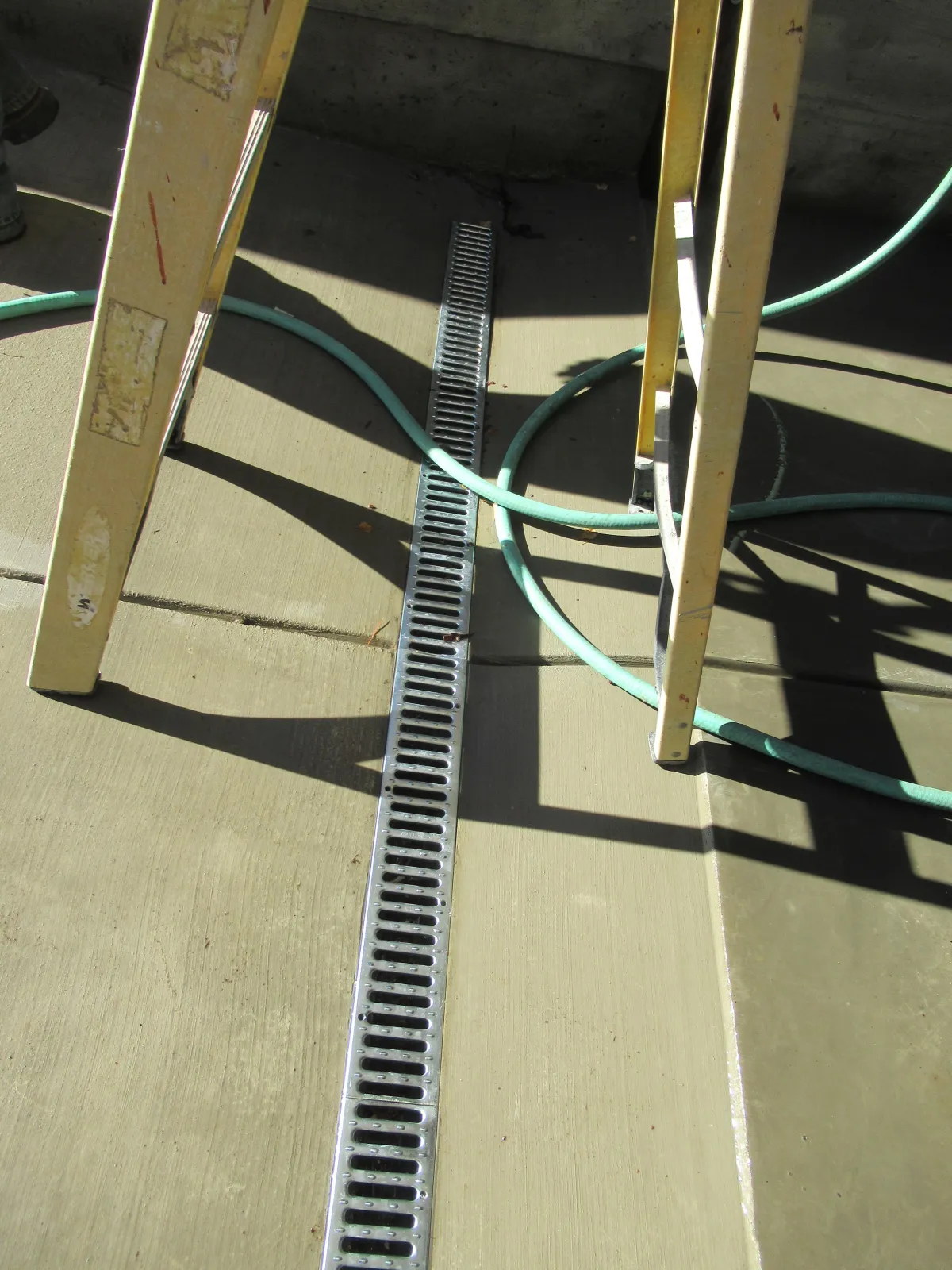
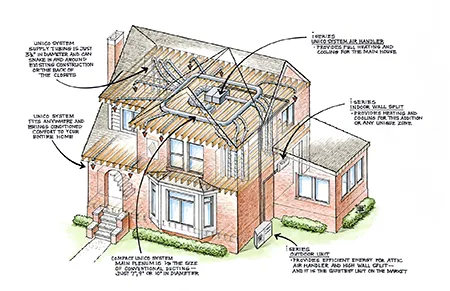
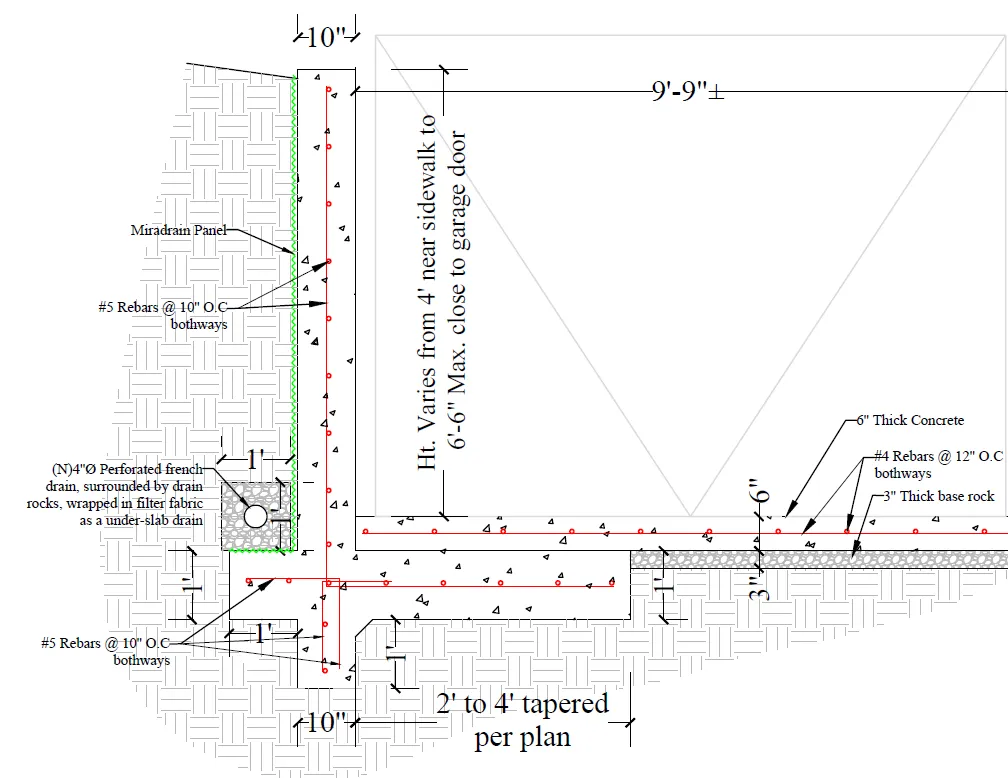
French drainage behind the retaining wall help to capture underground water behind the retaining wall so as to minimize the development of hydrostatic pressure on the retaining wall.
